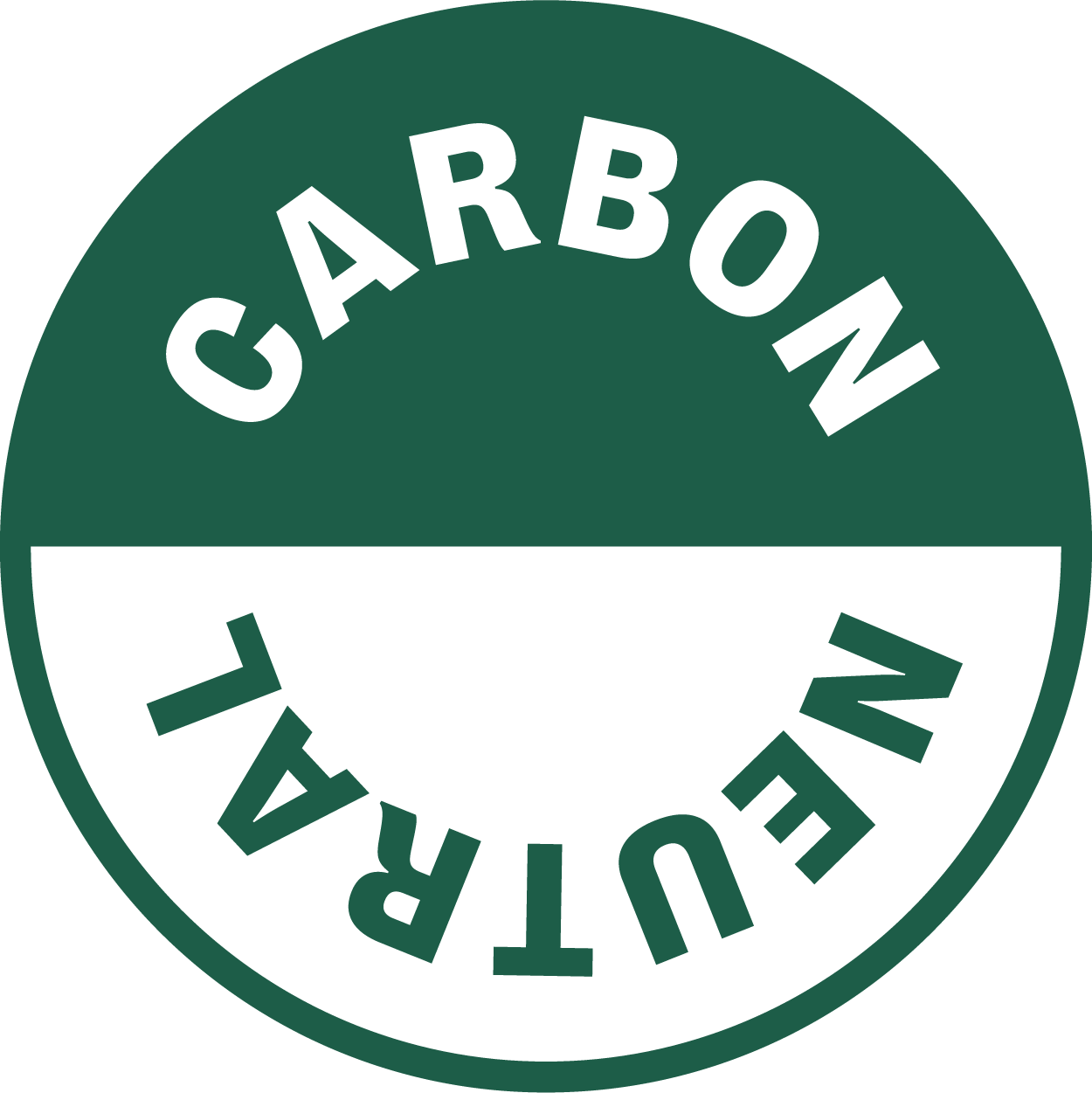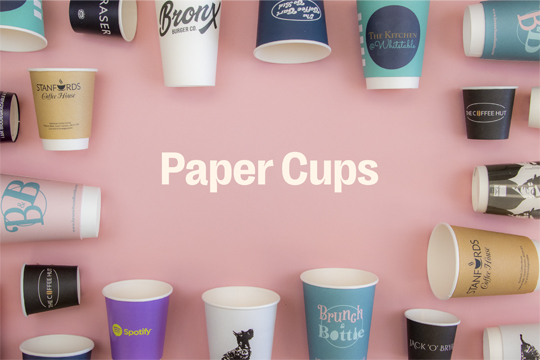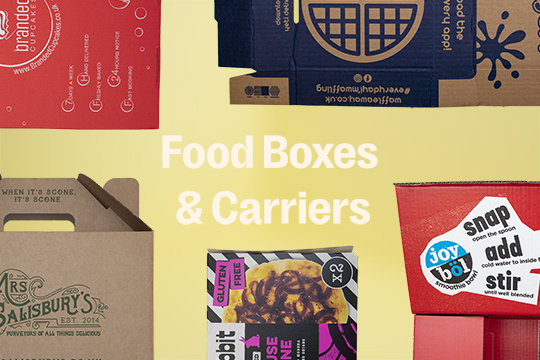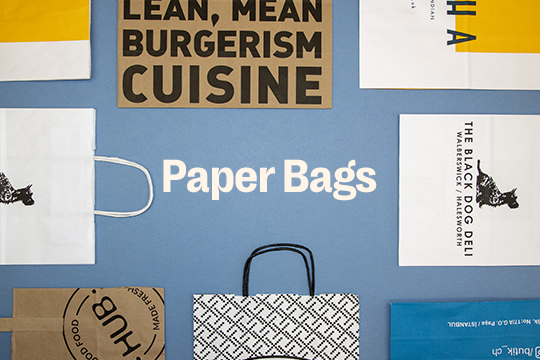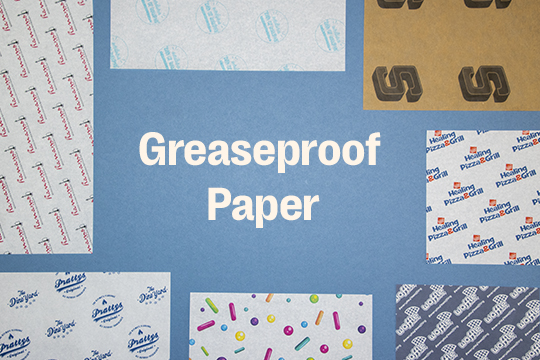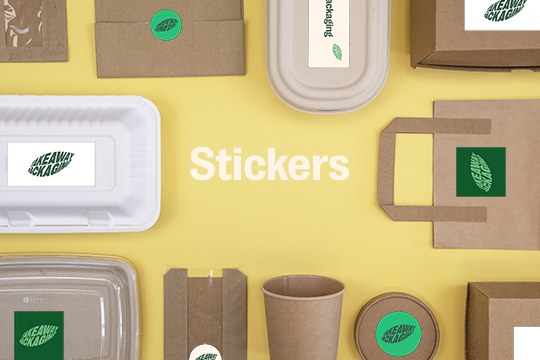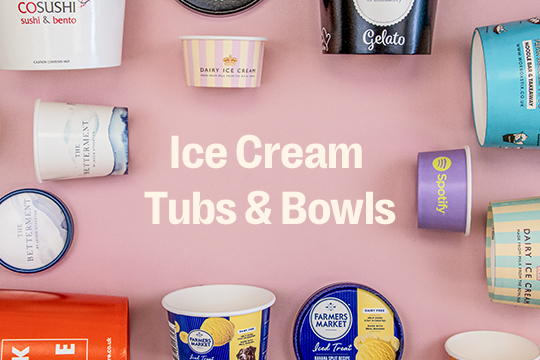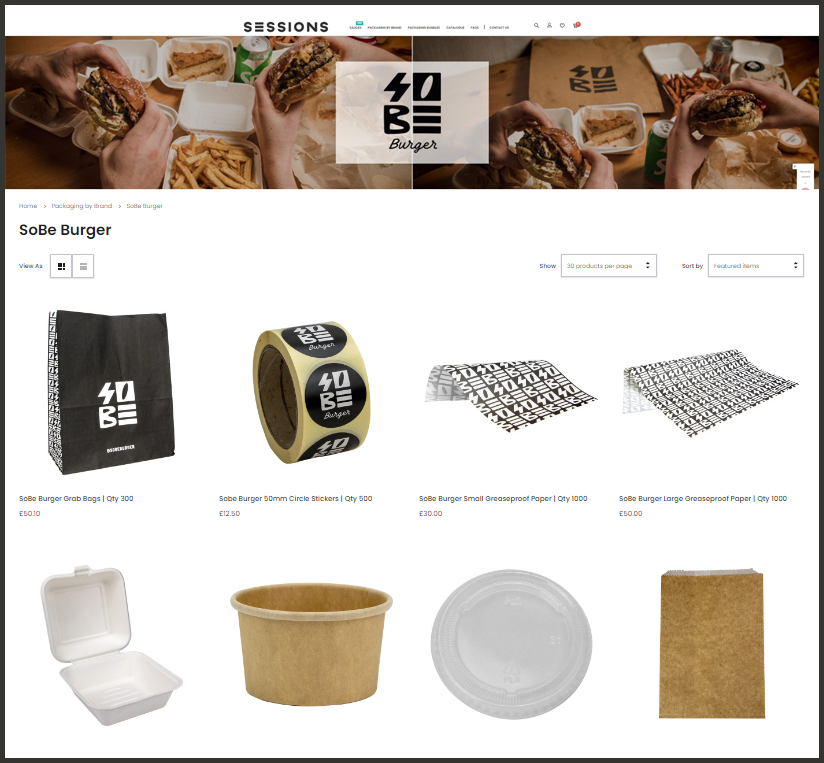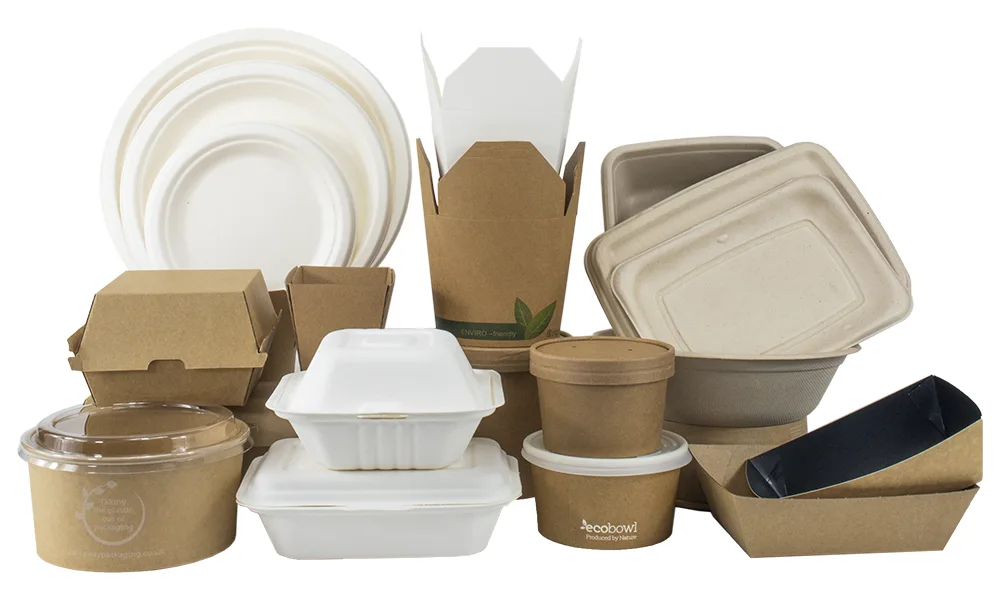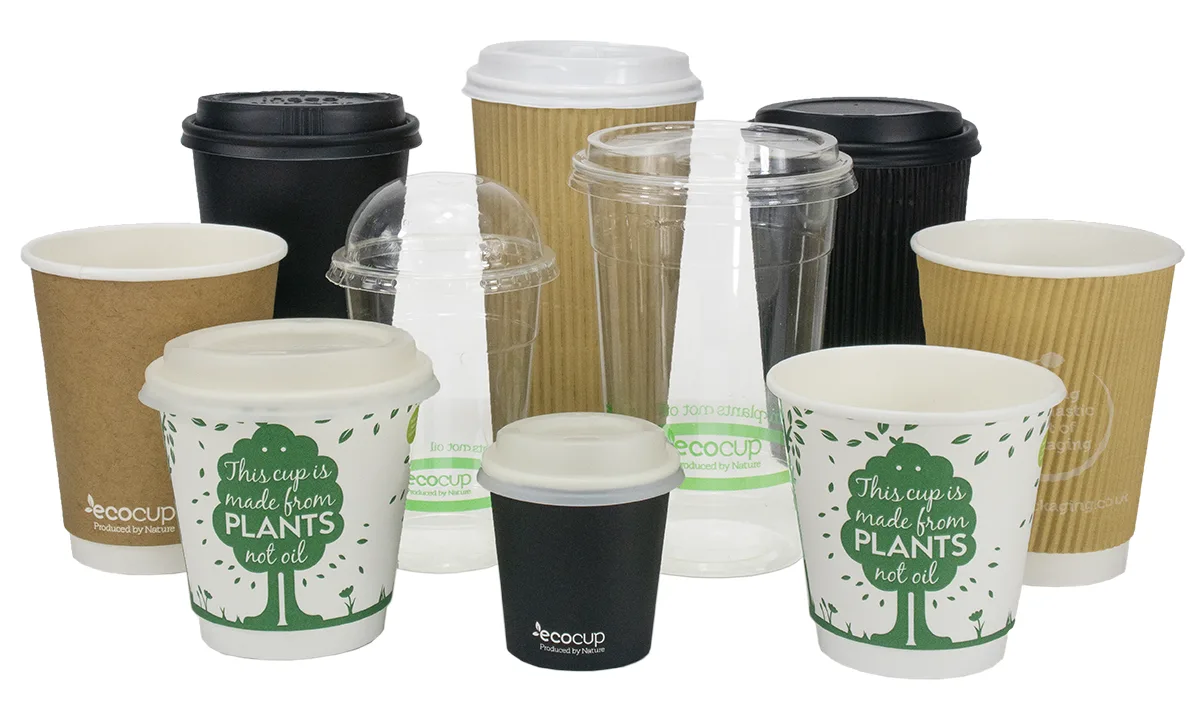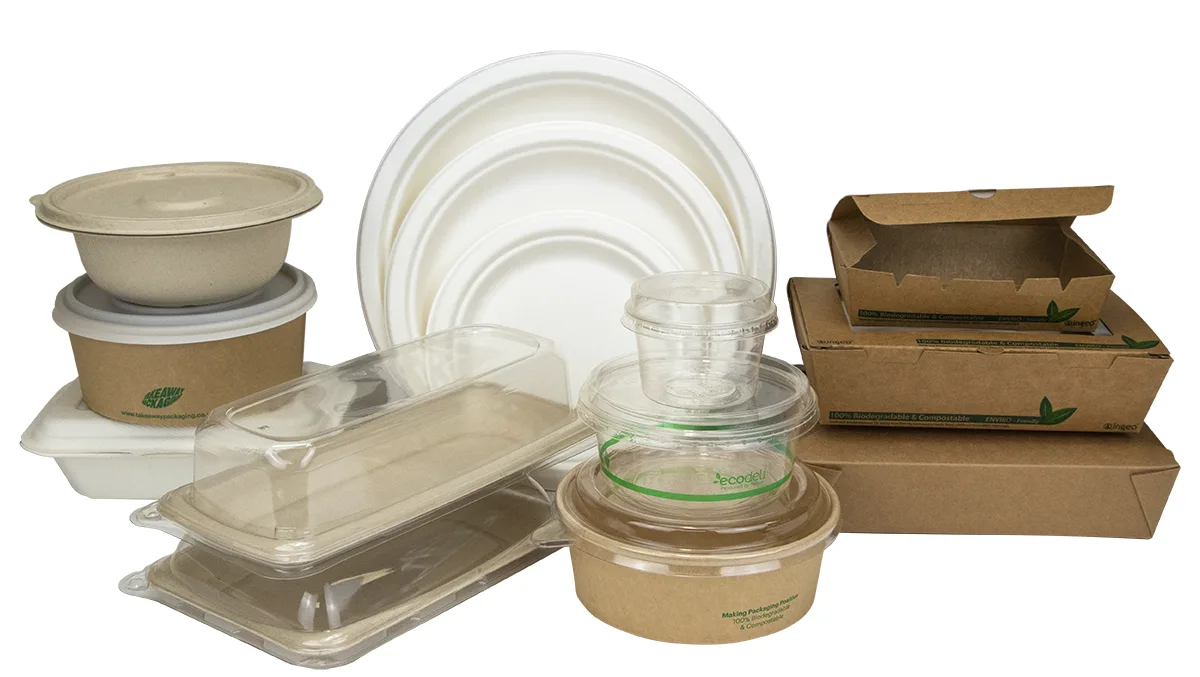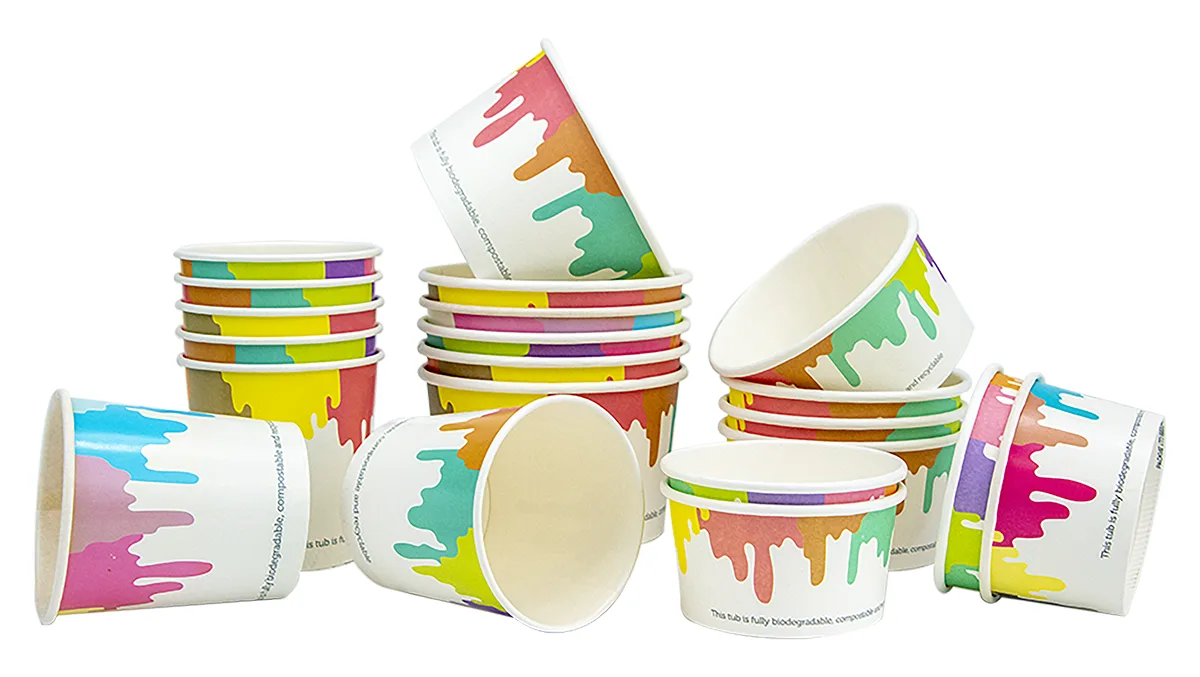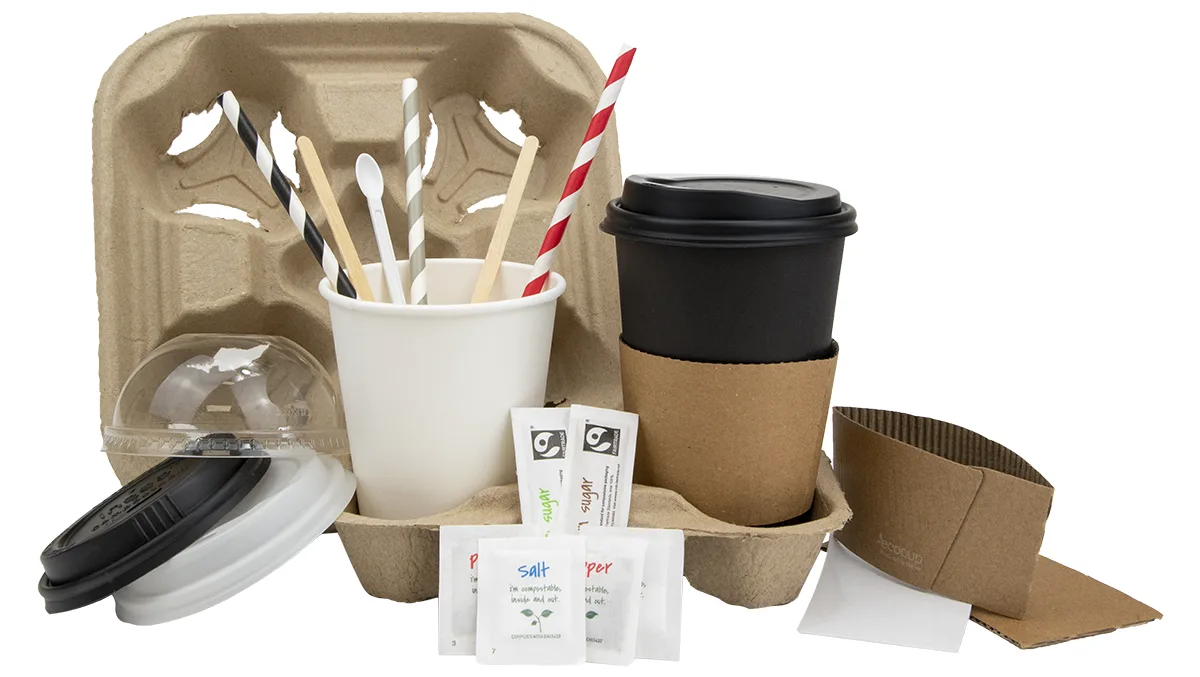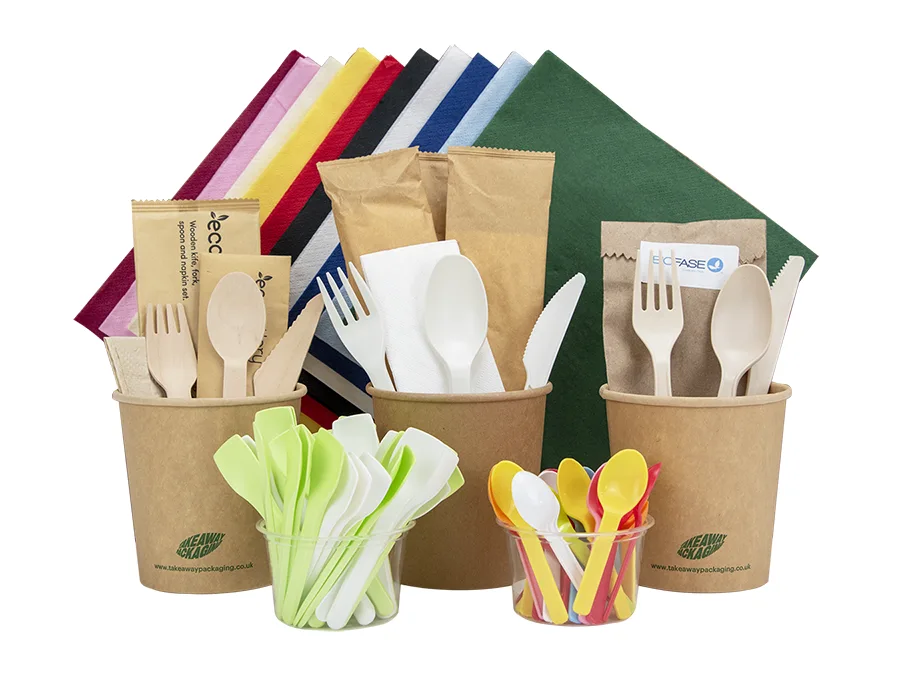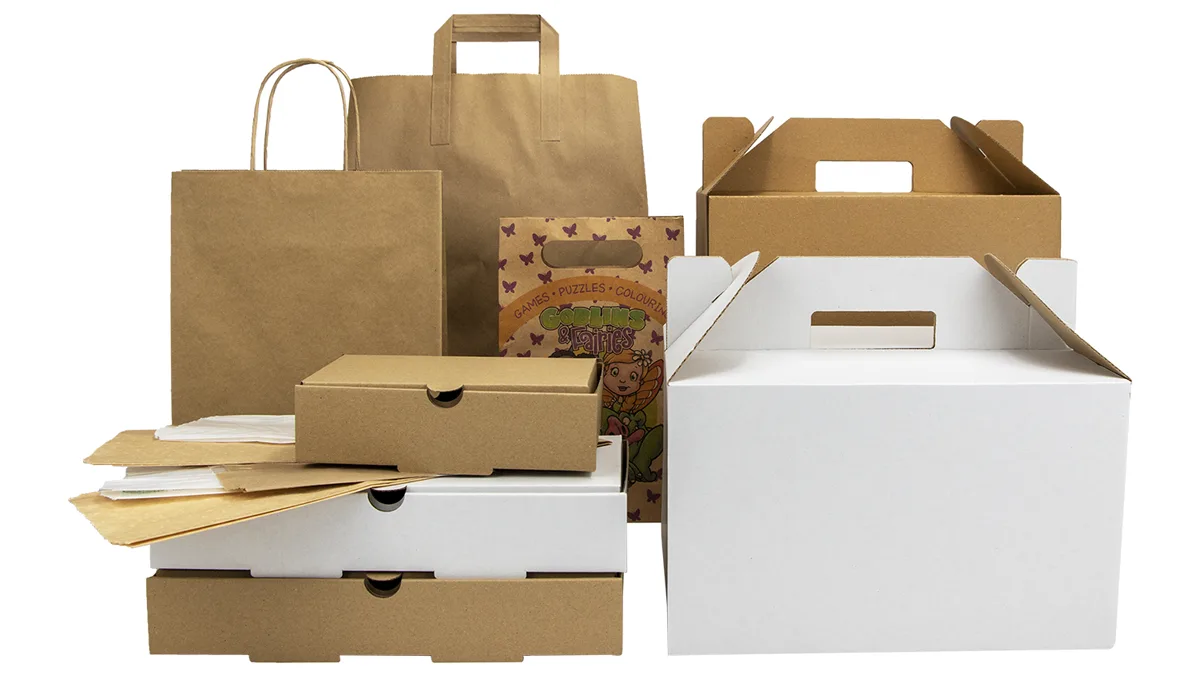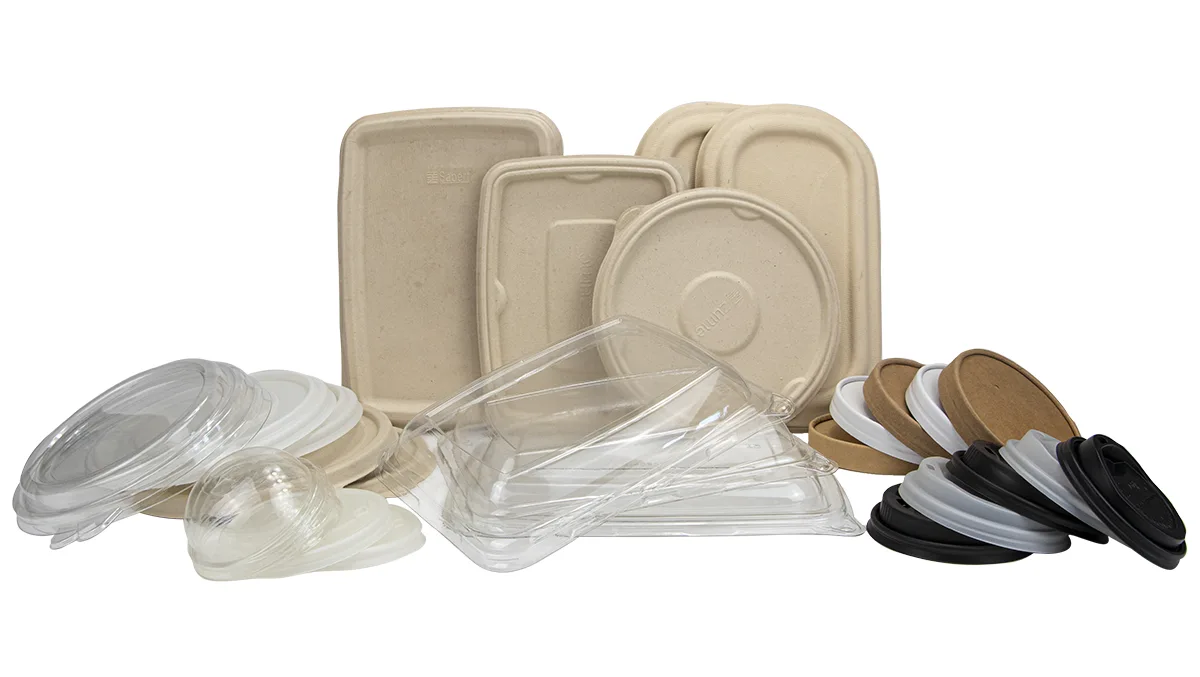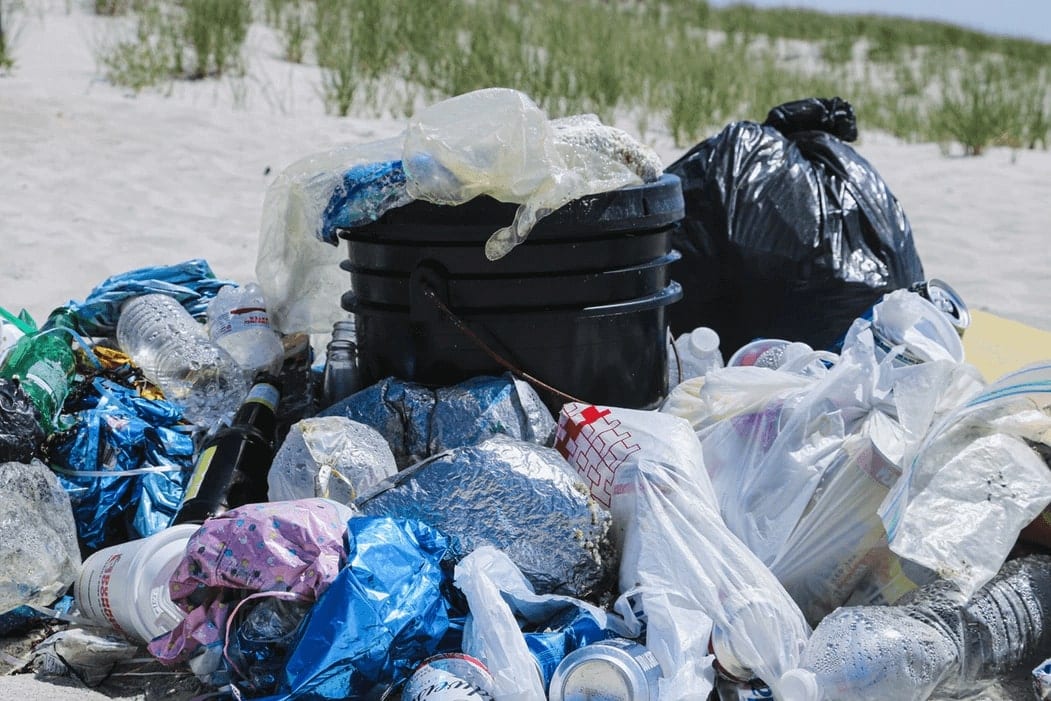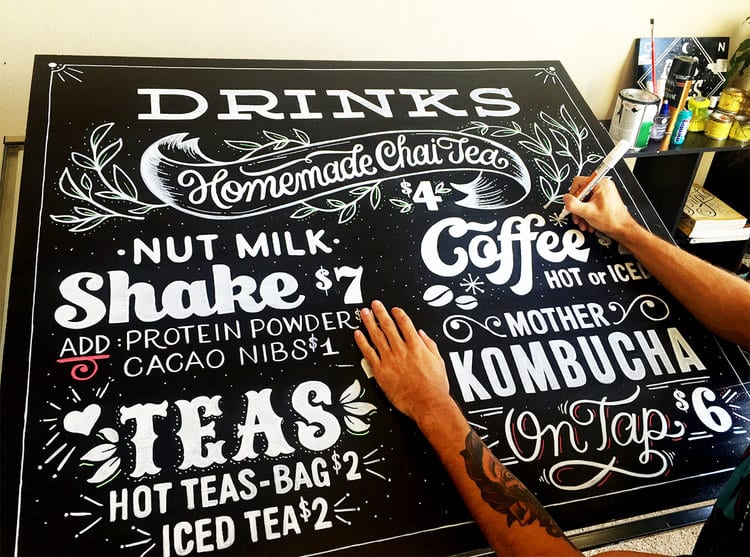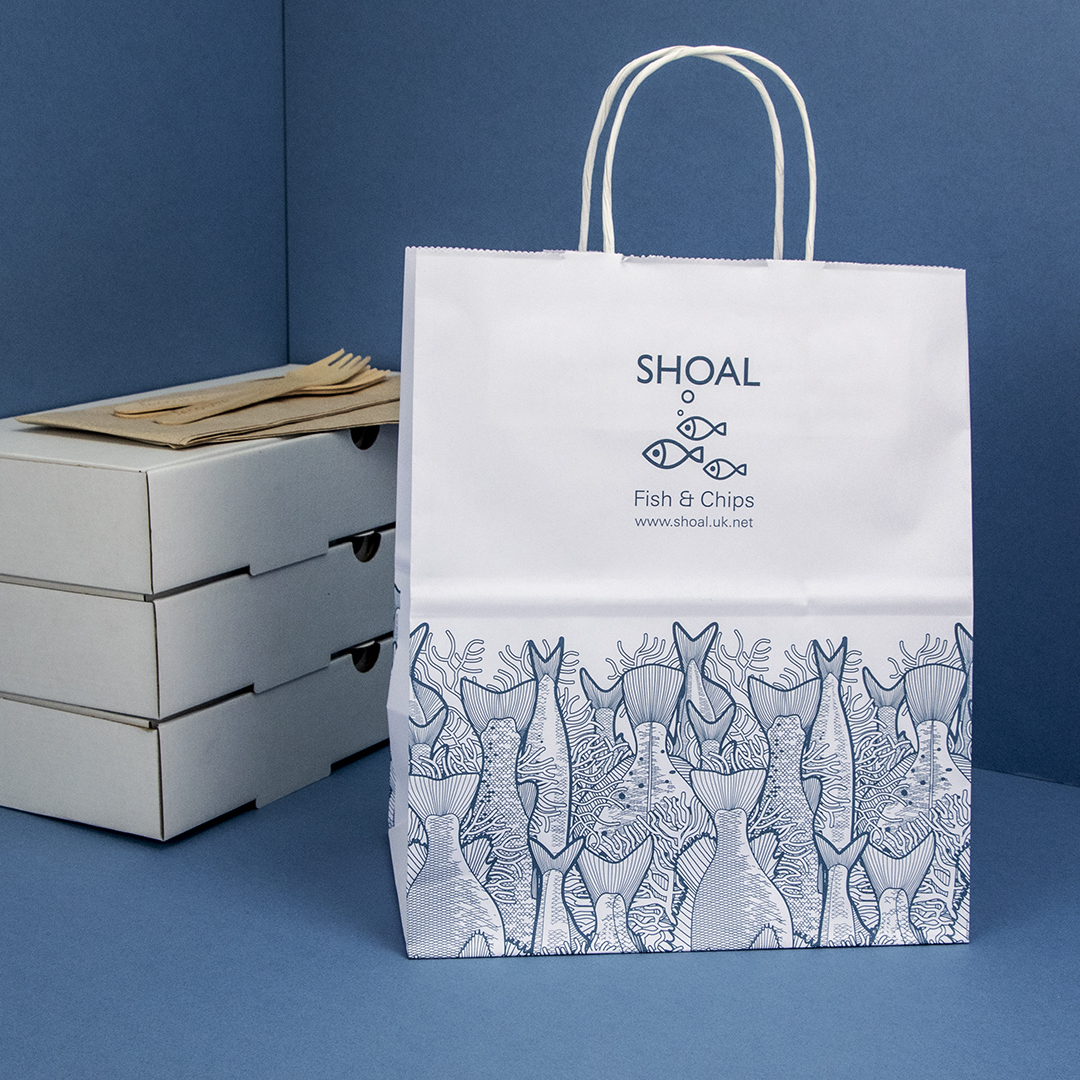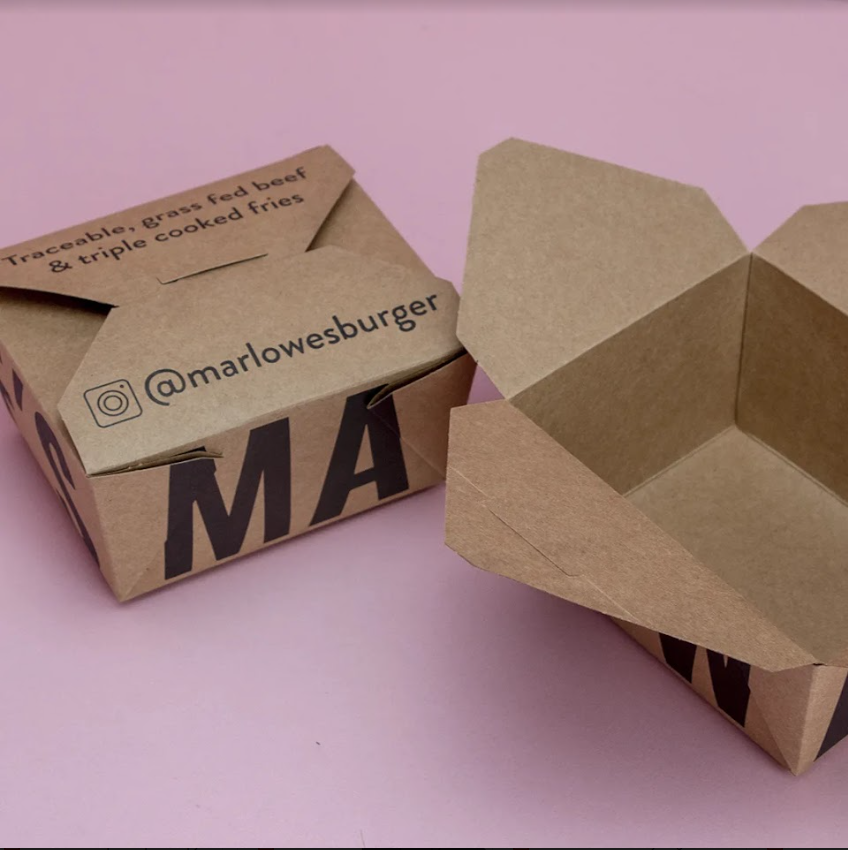The Plastic Crisis
We won’t harp on about the planet’s plastic crisis for too long. We’ve covered this topic before in-depth. Plenty of environmental experts, with a much more comprehensive overview, have also had their say. Annie Leonard’s, Our Plastic Pollution Crisis is Too Big For Recycling to Fix is just one view.
We are spitting out plastic waste at a rate faster than the environment can process. As a result, landfills overrun with plastic unlikely to disintegrate within our lifetime. Plenty of solutions to the plastic crisis have come to market. But none are quite as effective as the introduction of bioplastics.
As a business, bioplastics require you to reassess your supply chain. As a consumer, you should understand why (or even if) you should be using bioplastics, over harmful chemical-filled alternatives.
What Is Bioplastic?
Unlike traditional plastic types, bioplastic is created using natural resources. So, anything labelled as “bioplastic” is likely formed from plants or biological materials, instead of standard petroleum.
We use bioplastics in some of our core product ranges, including our well-loved deli eco bowls.
Just like plastic, these containers can store hot and cold food. Plus, they’re transparent so customers can take a sneak peek of the delicious food lurking inside.
There are a few different types of bioplastics, but the most common is PLA – a substance made from polylactic acids.
We make PLA using plant extracts from corn and sugarcane. These extracts come from leftover waste materials from plants harvested for alternative uses like making sugar. This waste would usually be incinerated. Instead, we convert it into polylactic acids that mimic the positive characteristics of plastic.
We’re left with food containers that are durable, flexible and transparent. Since PLA bioplastics are the cheapest to produce, they’re also an affordable price for corporate customers and the end customer.
In terms of the environment, bioplastics are far superior to other, harmful plastic types used in food packaging such as polystyrene. Why? Well, bioplastics only equalise the carbon conserved by the original plant. Artificial plastics contribute excess carbon to the atmosphere in the disposal process. Bioplastics return the carbon taken from the original plant life.
What Happens after Use? Does Plastic Biodegrade?
Commercial customers must be responsible for their disposal of bioplastics. Regular consumers should also be aware of bioplastics waste-credentials and how they can maximise them after use.
Remember, bioplastics are compostable — but only commercially compostable. They aren’t, however, actually biodegradable. This means bioplastics need to be carefully recycled to fulfil their environmental benefit.
If a bioplastic is littered, reaches the ocean and become debris, it will be no more beneficial than a regular plastic-type. Both bioplastics and petroleum-based plastics will breakdown into microplastics, tiny fragments of material harmful to marine life and human health. Microplastics take years to biodegrade.
However, bioplastics are created naturally and you can discard them in the same way. Since bioplastic polymers don’t form artificially, they can be broken down and effectively reversed by something as simple as heat. When bioplastics are heated to a high enough temperature, they break down. The intense heat allows the microbes to successfully disintegrate, dramatically reducing the average lifecycle of a bioplastic food container. It’s far from rocket science.
What’s crucial when it comes to bioplastics is where they end up. Executive Director of the Biodegradable Products Institute (BPI), Rhodes Yepsen told National Geographic: “Landfills are tombs. We are preserving garbage. That makes no sense.”
To Yepsen, dealing with garbage is key. Transporting bioplastics quickly, to an industrial composting unit is imperative for the safety of our planet.
Should I Use Bioplastics?
If you’re a commercial business owner, bioplastics are a smart alternative to petroleum-based plastic. Yes, you should use bioplastics.
Bioplastics should be used where possible to limit the number of microplastics that reach the ocean and reduce the amount of trash in overflowing landfills.
Importantly, bioplastics should be disposed of correctly so they can fulfil their environmental promise. Suppliers, companies and governing bodies should work to educate the end consumer on how to dispose of bioplastics — in a separate dedicated waste area.
Become a bioplastic provider. We’ve got plenty of PLA products to choose from in our guilt-free online shop.

